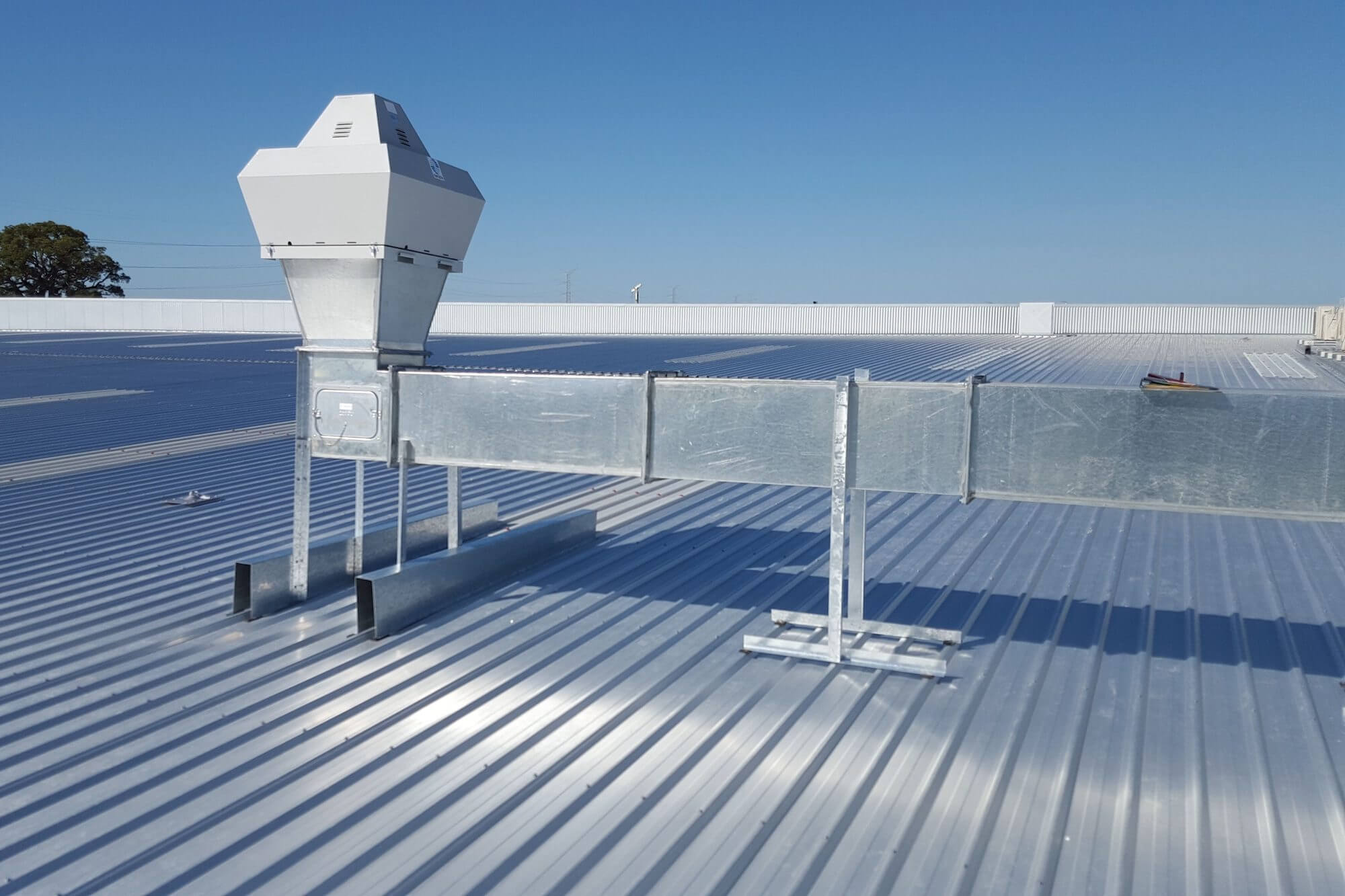
industrial & Commercial Ventilation in Cheshire
Research shows occupants perform better in naturally ventilated buildings. With a natural airflow on new buildings no longer being sufficient to provide adequate ventilation for buildings, achieving good indoor air quality becomes a task for engineers.
The ventilation of a commercial building can be achieved by either natural means, or by mechanical means, or by a mixture of both. The design should meet the requirements for fresh air, as recommended in CIBSE Guide A and being aware of carbon emissions, it should also take into account the energy consumption.
1. Natural Ventilation
Low-energy systems should be designed from the outset to provide as near to the required air change rate as possible. Natural ventilation requires little or no energy at all but depends on the pressure differential of the external and internal environment to provide the natural air change.
2. Mechanical Ventilation
Mechanical ventilation can be provided by a fan system at varying air-change rates, depending on the requirements. The fan can be chosen according to the air-change requirements calculated for the specified area, occupancy level and occupancy activity.
3. Mixed-Mode Ventilation
Mixed-mode ventilation delivers accurate environmental control while minimising energy consumption.The system uses natural ventilation as far as possible and only uses mechanical ventilation when required by rising internal demands or changing climatic conditions — and even then can operate at part load.
Natural, mechanical and mixed-mode ventilation can achieve further energy savings by introducing control to the required operating times, through system controls.
Ventilation rates may not need to be constant throughout the day, especially if building occupation varies during operating hours. Variable damper opening controlled by levels of carbon dioxide or process pollutants can be used. As the need for ventilation increases, the damper opening can increase.